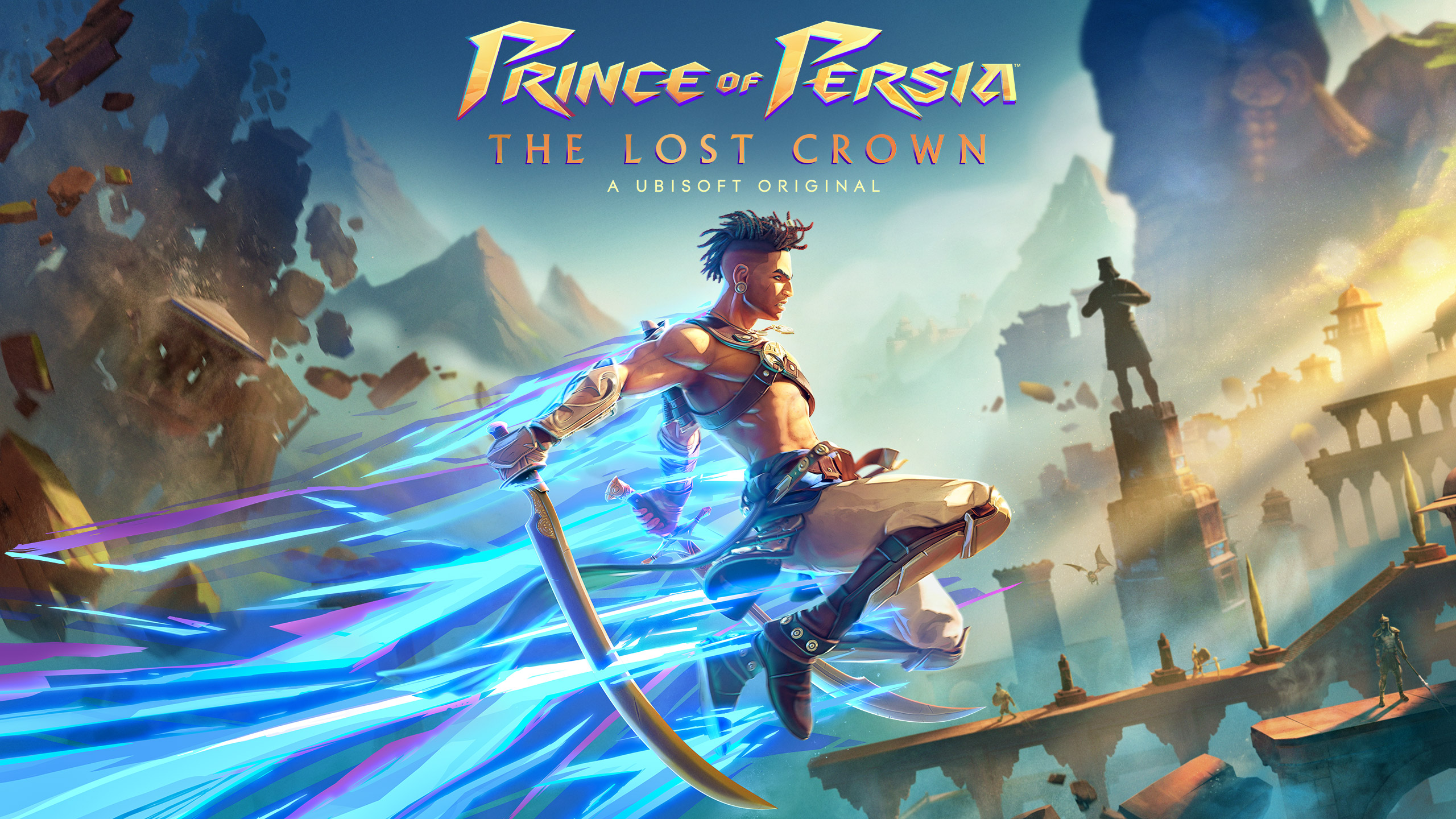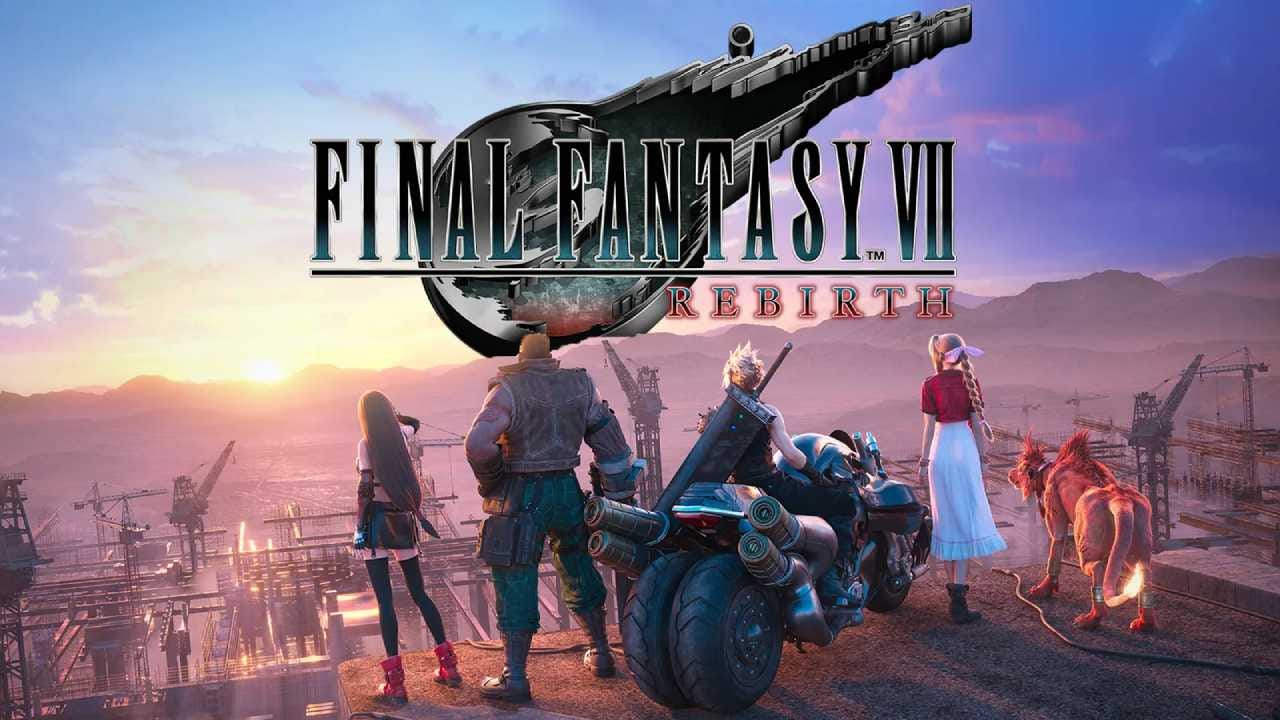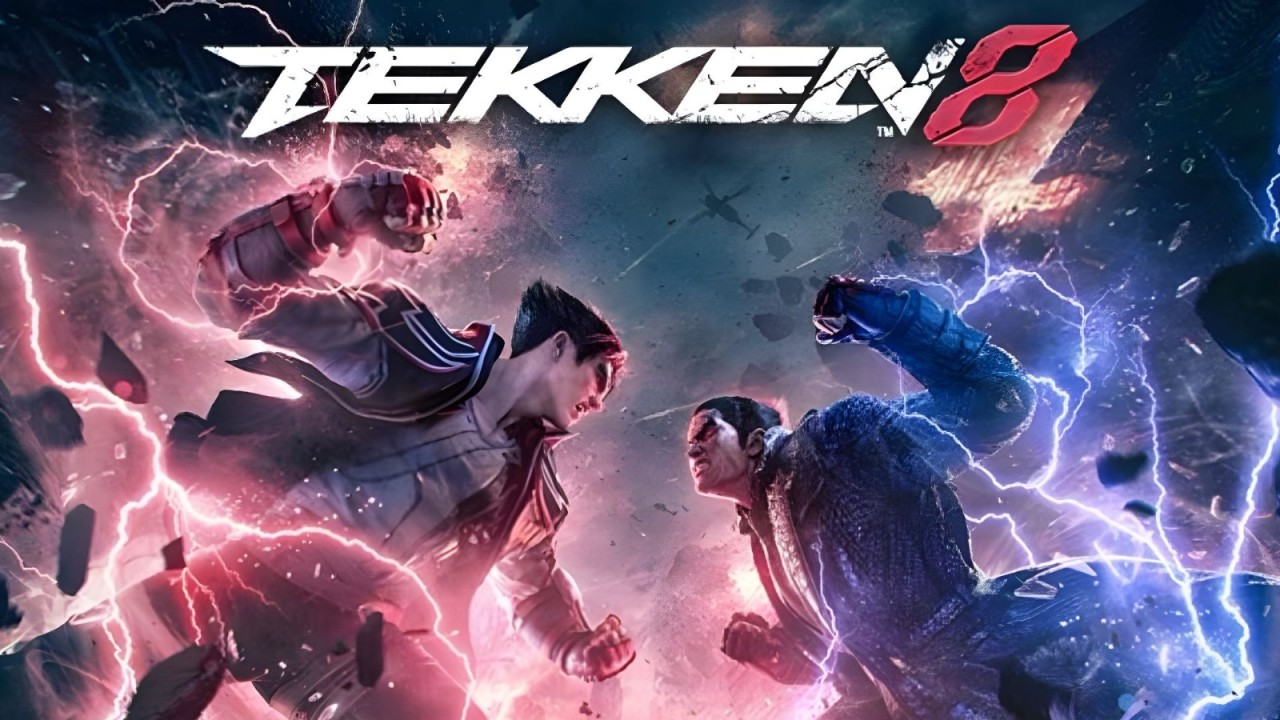In 2024, the gaming world is set to be enthralled by the triumphant return of a beloved franchise: “Prince of Persia: The Lost Crown.” This long-awaited installment marks the series’ return after a 13-year hiatus, following 2010’s “Forgotten Sands”. Developed by Ubisoft Montpellier, “The Lost Crown” is not just a nostalgic nod to the past but a bold reimagining of the series, steering it back to its 2D roots while innovatively blending modern gaming mechanics.
At the heart of “The Lost Crown” lies a deep respect for the Prince of Persia legacy. Game director Mounir Radi and his team have meticulously researched the series to ensure that they honor its essence. Radi’s vision was clear: to recapture the original game’s tone of fear and isolation, now framed within a contemporary “Metroidvania” structure. This approach suggests a game that’s both familiar and fresh, offering a new narrative depth and gameplay innovation.
One of the most striking aspects of “The Lost Crown” is its combat system, which draws inspiration from fighting games. Unlike traditional Prince of Persia games, the protagonist Sargon (notably not a prince) engages in combat with a singular button for sword attacks, emphasizing strategic positioning and movement rather than complex button patterns. This streamlined approach makes each encounter feel more intuitive and engaging, while counters and special attacks add depth to the combat experience.
The game’s platforming design also stands out, thanks to the expertise of team members who previously worked on “Rayman Origins” and “Legends.” This experience translates into a gameplay where movement and action have a rhythmic, almost musical quality, elevating the platforming segments to an art form in themselves.
“The Lost Crown” begins with an epic battle, where the player, as Sargon, joins a group of magical warriors called The Immortals. The opening sequences are not just about showcasing the game’s rich combat and parkour mechanics; they also establish a narrative filled with intrigue and mystery. As the story unfolds, players encounter characters like Anahita, Sargon’s teacher, and a young girl named Fariba, who provides Sargon with the “Eye of the Wanderer” and a map that holds more than meets the eye.
A unique feature in the game is the Memory Shards mechanic, allowing players to take pictures of their surroundings to mark the map. This tool enables players to chart their journey through the game’s expansive world, adding a layer of strategy to exploration. Time manipulation, a signature element of the series, is also cleverly integrated into the gameplay. For instance, the Pit of Eternal Sands area showcases new time-bending mechanics, where everything moves in reverse, adding a fresh twist to the game’s puzzles and combat.
The anticipation for “The Lost Crown” is high, not just among long-time fans but also new players who are eager to experience the Prince of Persia saga. This new installment promises to be a significant addition to the franchise, potentially setting a new benchmark for 2D action-adventure games. Its mix of nostalgia, innovation, and storytelling prowess positions it as a strong contender for Game of the Year.
“Prince of Persia: The Lost Crown” is not just a return to the series’ roots; it’s a renaissance. It’s a game that respects its heritage while boldly forging a new path. As we look forward to its release, one thing is clear: “The Lost Crown” is poised to redefine what it means to be a Prince of Persia game in the modern era.


